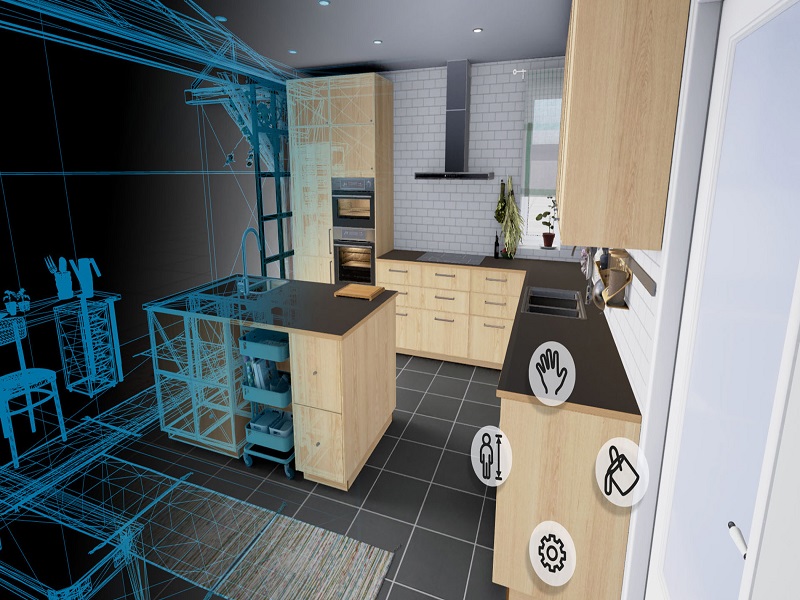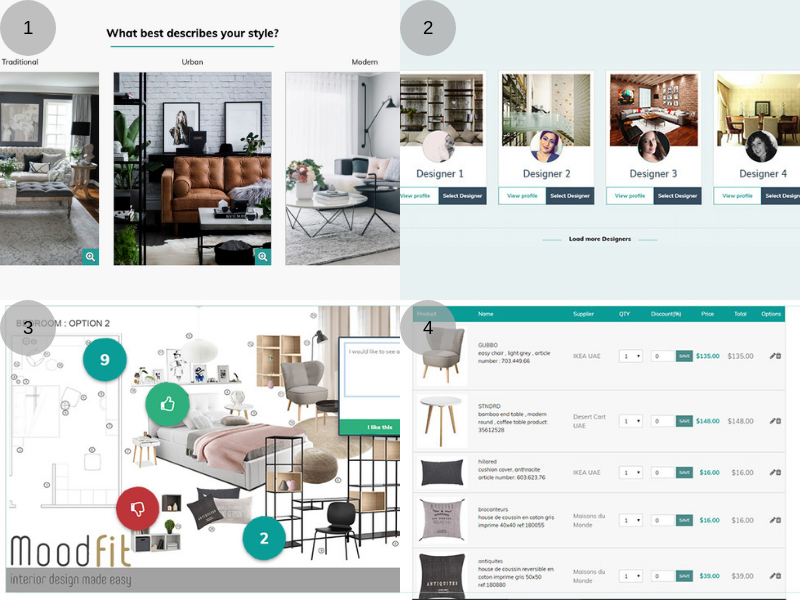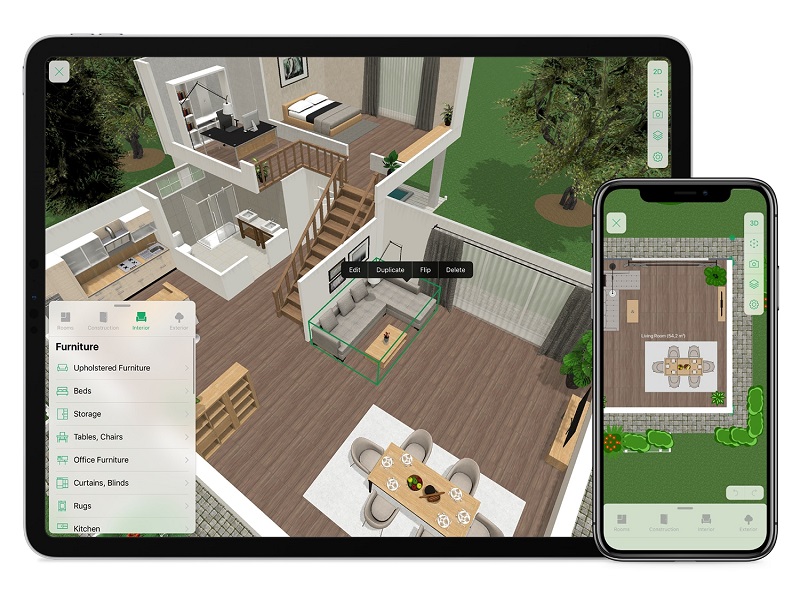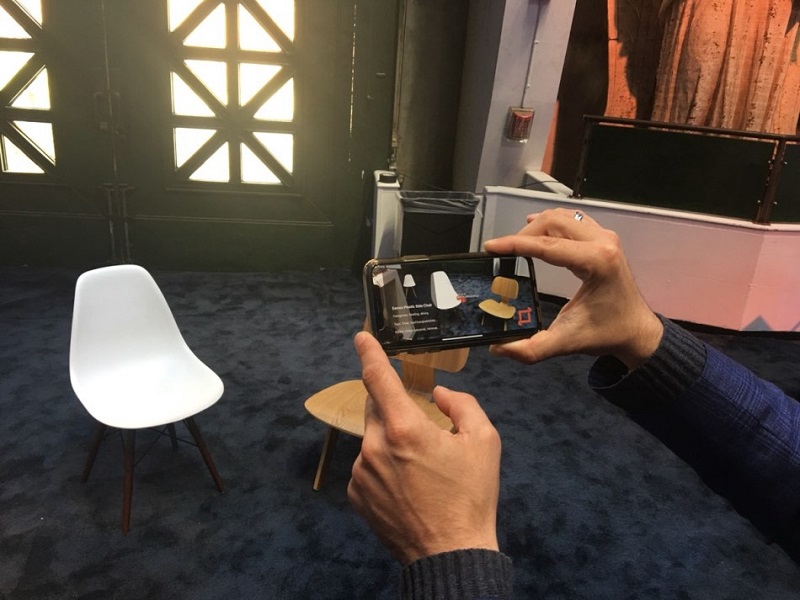Artificial Intelligence In Interior Design
Home Appliances & Tech5 minutes read
6770 views
6770 views
Artificial Intelligence (AI) is a wondrous tool indeed. AI is capable of executing simple human exercises that we’re always too busy i.e. lazy to do. And AI is capable of various feats that our simple human minds simply cannot process within a short time.
Need a suggestion on where to eat? You’ll likely find what you’re looking for through your phone’s suggestions.
Do you need a receptionist that is available 24/7, 365 days a year? AI chatbots are here to stay!
Perhaps you require a smart personal assistant that you can carry around with you? Most smart devices have their own in-built AIs like Siri, Cortana, and Google Now.
Moreover, even something as “human” as creativity and arts can be mimicked by AI. Take interior design (ID), for example, you definitely wouldn’t think of this when you consider the uses of AI. But AI technology is already making waves in the industry without you even knowing it.
The Introduction of Artificial Intelligence In The Realm of Interior Design

Image via fohlio.com
More professionals across industries are becoming increasingly familiar with the concept of AI's applications. A recent report from Tractica predicts that AI is set to grow from $1.4 billion in 2016 to $60 billion by 2025.
This massive growth stems from the innovations of AI in manufacturing and medicine. And it's this growth that has led to AI technology “bleeding” into the realm of ID and architecture.
The introduction of AI tools in ID has paved the way to creating a synergy between clients and professionals.
Ever had an impractical client request? Utilizing AI will bridge the gaps between the customer's ideas and practicality. More particularly, visualization tools and structural calculations have made all of this possible.
Examples of Artificial Intelligence in Interior Design
With the advancements in the field of AI, businesses are now scrambling to find the best AI-powered solutions to their own benefit. And although ID is considered to be more creative than technical, the potential for growth is still there.
Moodfit

A step-by-step guide on how to use Moodfit. 1. Take a design quiz. 2. Choose a designer. 3. Start your project. 4. Bring your space to life. Images via Moodfit
One such instance of AI application is Moodfit. As we’ve established earlier, AI is used to bridge the gap between client and designer. Moodfit relies on its algorithm to match a customer’s taste and determine their ideal style. The process starts with a brief quiz, then Moodfit pairs the user with a like-minded designer based on the answers given. Think of it as sort of like a non-romantic Tinder for ID.
Moodfit’s model promises to find users their ideal professional designer without the hassle of going through countless portfolios.
Clearly, Moodfit is a clear example of AI being utilized to the benefit of both customers and professionals. Both parties stand to gain something, rather than the technology inadvertently “killing off” the industry.
Planner 5D

Image via planner5d.com
On the other hand, there are naysayers with the opinion that AI will eventually eclipse the artistic nature of the work. To that statement, we wholeheartedly disagree. AI is simply another tool to be used at a designer’s disposal, albeit more advanced.
Why? Well, the core of AI is machine learning. With machine learning, a knowledge base is always required for the AI to “learn”. In terms of ID, the AI’s knowledge base stems from countless real-life projects. The AI takes these IDs to gain an understanding of how users typically decorate their rooms.
In other words, AI isn’t meant to be a replacement for human thinking or problem-solving. It’s meant to be an accelerator that utilizes a computer’s high processing power to efficiently handle certain tasks.
Take Planner 5D for example. The app was founded in 2011 by Alexey Sheremetyev. Planner 5D uses machine learning algorithms to analyze more than 40 million projects from real users. It then predicts and optimizes the thinking behind home design.
From lighting to television placement, the tool excels in allowing users to visualize their dream home. The app is even capable of rendering entire homes by drawing on existing ideas and building from the foundation of a floorplan up.
Lexset

Image via medium.com
When it comes to AI, the perfect complement technology would have to be virtual and augmented reality (VR & AR). Whether it’s a virtual tour (AR) or a collaborative space (VR), the impact of AI acting as a design aid is undeniable.
A great example of this is Lexset. The tool aims to offer a makeover service at the touch of a button using AI and AR.
Lexset uses a smartphone or tablet camera to identify existing furniture in space. It then sifts through its vast catalogue for home improvements that can be embedded into the room.
The Future of AI In The ID Industry
Despite its critics, it’s clear that AI is here to stay. And as more designers and clients begin to skew towards powerful AI programs for their projects, we should start to see more tools being developed.
In closing, it is pretty much obvious that AI technologists will continue to push the envelope in 2019. Expect the development of new design platforms and tools that will help to bridge the understanding between man and machine. So strap yourselves in, it’s going to be a bumpy ride ahead!
Request for quotes and we'll match you with a selection of Interior Designers!
Previous
Pet-Friendly Ideas Good to Have in Your Home


 Sign Up with Google
Sign Up with Google

.jpg)